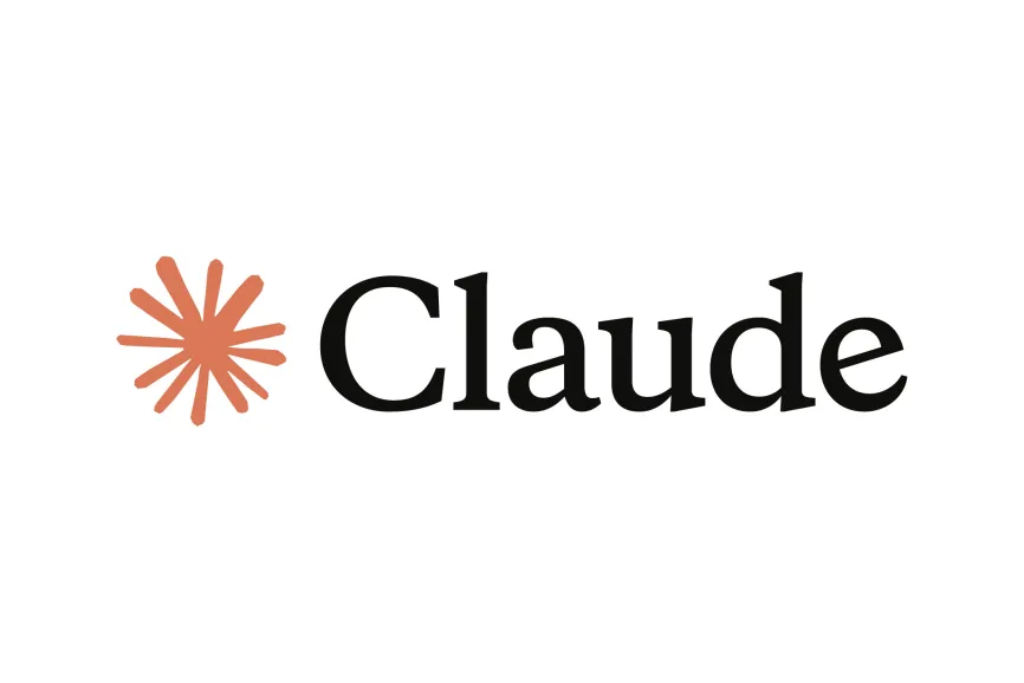Anthropic’s recent postmortem of three overlapping infrastructure bugs that degraded Claude’s performance reveals uncomfortable truths about enterprise AI reliability. Between August and September, millions of users experienced inconsistent response quality—not due to model limitations, but infrastructure failures that should never have reached production. For business leaders relying on AI for critical operations, this incident offers crucial lessons about vendor selection and implementation strategy.
Why This Matters Beyond “Just Another Outage”
Unlike typical service disruptions, these weren’t isolated incidents but three simultaneous infrastructure bugs that created confusing, inconsistent degradation patterns. The most significant revelation? “We never reduce model quality due to demand, time of day, or server load. The problems our users reported were due to infrastructure bugs alone,” Anthropic explicitly states. For businesses making operational decisions based on AI outputs, this distinction is critical—your AI tool shouldn’t deliver different quality based on when you use it.
The impact was substantial: at peak degradation on August 31, 16% of Sonnet 4 requests were affected, with some users experiencing persistent issues due to “sticky” routing that kept sending their requests to faulty servers.
3 Business-Critical Vulnerabilities Exposed
1. The Silent Quality Drift Problem
The context window routing error initially affected just 0.8% of requests on August 5, but a routine load balancing change on August 29 dramatically increased affected traffic. This demonstrates how seemingly minor infrastructure changes can cascade into significant quality issues—without triggering standard monitoring systems.
Business implication: Your AI vendor’s quality assurance processes must detect subtle degradations before they impact meaningful percentages of users. Ask vendors: “How do you catch issues affecting less than 1% of requests?”
2. The Invisible Corruption Challenge
The output corruption bug caused Claude to occasionally insert unexpected characters (like Thai or Chinese text) into English responses or generate syntax errors in code. Crucially, these errors weren’t consistent—they appeared randomly based on server configuration.
Business implication: For accounting firms using AI for financial analysis or law practices drafting contracts, even rare output corruption could have serious consequences. Implement mandatory human review protocols for all AI-generated business-critical content.
3. The Precision Paradox
The most technically complex issue involved a compiler bug affecting how Claude selected response tokens. A performance optimization intended to speed up responses inadvertently caused the model to sometimes “drop the most probable token,” fundamentally altering response quality in unpredictable ways.
Business implication: Vendors optimizing for speed over precision create unacceptable risk for business applications. Prioritize vendors who maintain “non-negotiable” quality standards, even at the cost of minor efficiency gains.
Your Action Plan: Building AI Resilience
Don’t wait for your AI vendor to have a postmortem. Implement these safeguards immediately:
- Demand transparency: Ask vendors for their incident response protocols. Companies that publish detailed postmortems (like Anthropic) typically have stronger engineering cultures.
- Implement verification checkpoints: For critical business processes (invoice processing, client communications), build in automated quality checks that flag potential AI errors.
- Create redundancy protocols: For mission-critical functions, establish fallback procedures when AI output quality degrades unexpectedly.
- Track consistency metrics: Monitor not just whether your AI works, but whether it maintains consistent quality across different times and request volumes.
The Bottom Line
Anthropic’s transparency in publishing this detailed technical postmortem is commendable—but it shouldn’t be necessary for customers to investigate their vendor’s reliability. As AI becomes embedded in business operations, infrastructure quality must match the high standards we expect from other critical business systems.
The key takeaway? AI reliability isn’t just about the model—it’s about the entire infrastructure stack. When selecting AI tools for your accounting practice, law firm, or small business, prioritize vendors with rigorous quality assurance processes that catch issues before they reach your team.
Want more actionable insights on implementing AI safely in your business? Subscribe to The AI Nuggets for weekly, vendor-agnostic analysis of AI developments that actually impact your bottom line.



